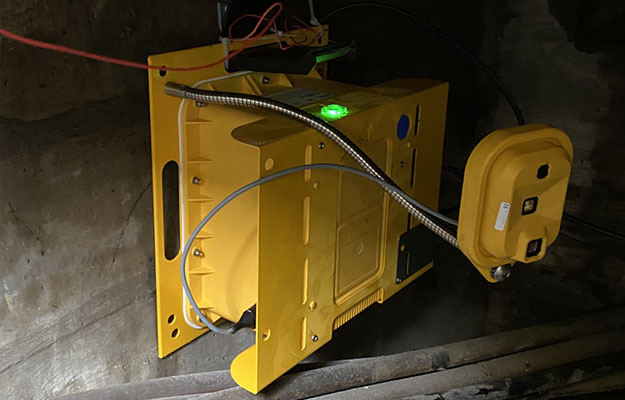
Wastewater or sewage is water that is no longer required or suitable for use. It generally comprises rainwater runoff and waste from industrial and human activities including washing, bathing and sanitation.
It is full of contaminants such as bacteria, chemicals and a variety of toxins. Treatment of wastewater is the process by which contaminants are reduced to acceptable levels enabling safe discharge back into the environment. A public sewer network can be separated into storm and sanitary systems or often combined.
Types of treatment plant
There are two types of treatment plants catering for chemical (physical) and biological waste removal. Chemical waste treatment plants use physical processes and chemical reactions for treatment while biological treatment plants use biological matter and bacteria to break down the waste matter. Industrial wastewater from factories and manufacturing is mostly treated at physical wastewater treatment plants with residential and business premises’ wastewater directed to biological treatment systems.

Monitoring technology
Wastewater flows through small pipes underground, joining large sewer pipes to form the wastewater recovery system or sewage network. Pumping stations transport the wastewater towards the treatment plant using monitoring technology to provide level and flow information to control pumps in lifting stations and pits. These pumps lift the wastewater to a higher level to enable gravity to then take over, producing a natural onwards flow to the treatment plant and reducing the cost of transportation.
If a sewer becomes overloaded with storm rainwater or fast melting snow, service pits provide a discharge point. This can lead to flooding, therefore submersible pressure transducers provide data used for logging changing wastewater levels and flow rates to determine the efficient routing of flow through underground weirs and flumes. Additionally, network capacity can be forecasted and alerts delivered to warn of overflows, schedule maintenance and future capacity optimization.
Manholes under pressure
A wastewater surcharge occurs when the network is overloaded beyond its design capacity with the sewer entrance and exit submerged with full flow under pressure, resulting in overflow at manholes and backflow out of residential and business drains and, occasionally, even into homes.
Gradually more sophisticated sensors are becoming available for inline wastewater network testing, such infrared spectroscopy-based ones to determine methane gas levels for safety purposes. However, currently, the majority of tests are conducted using wastewater samples taken for laboratory analysis. Tests of this nature include those for trade effluents, land leachates and a range of other pollutants.
Surcharge monitoring and methane level measurement
CNIguard’s Sentir range of manhole monitoring devices can detect and alert of wastewater surcharges and explosive gases, including methane, methyl mercaptan and carbon monoxide. Find out more about Sentir manhole monitoring systems here.
USA Headquarters
8601 Dunwoody Place
Suite 303
Sandy Springs
GA 30350
United States
T: +1-212-764-0100
Edinburgh Innovation Center
14 S Charlotte Street
Edinburgh EH2 4AX
United Kingdom





 Jason Wilson
Jason Wilson